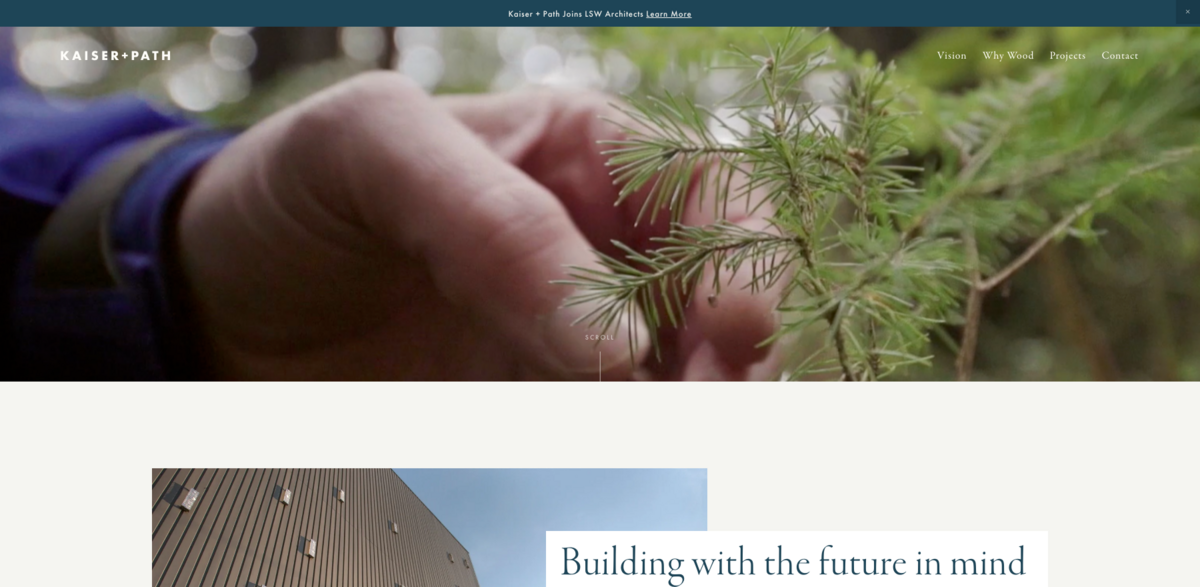What PathHouse Is All About
PathHouse is shaking up the housing game by manufacturing zero-carbon mass timber housing modules. These modules make up to 80% of the construction value for multi-family or stand-alone residential buildings. They’re designed to be stacked up to three stories high, fully waterproofed, and come pre-certified at the national level for life safety. That means local permitting? Way faster and smoother. The whole idea is to turn climate change challenges into real housing solutions by creating a market for high-value wood products sourced from restoration forest management practices. And they do it all cost-effectively, making net-zero carbon housing something you can actually get your hands on quickly.
Main Benefits of PathHouse Modules
Here’s the lowdown on why PathHouse modules stand out:
- Up to 80% of construction value covered by the modules
- Stackable up to 3 stories, maximizing space
- Completely waterproofed for durability
- Pre-certified nationally for life safety, speeding up permits
- Uses timber from restoration forest management, reducing wildfire fuel
- Zero-carbon footprint, supporting net-zero housing goals
- Factory-stocked modules ready for immediate deployment
- Design for Manufacturing and Assembly (DfMA) approach lowers costs and waste
Building with the Future in Mind
Real estate developers, architects, and builders behind PathHouse believe sustainable, responsible development isn’t just the right thing to do—it’s the smart thing to do. They’re leading the charge in using cross-laminated timber (CLT), one of the most renewable resources in the Pacific Northwest, for tall urban buildings. This isn’t about sticking to old ways; it’s about proving there’s a smarter, better path forward. Mass timber design is being brought to mid- and tall-rise buildings across the U.S., showcasing wood’s strength, beauty, and sustainability.
Why Mass Timber Matters
Mass timber, especially CLT, is more than just a building material. It’s a catalyst for positive change on multiple fronts. For starters, it’s renewable, durable, fire-resistant, seismically resilient, and energy-efficient. Plus, it looks amazing. Building up with mass timber helps create dense urban cores, which means less energy use per person, reduced pollution from commuting, and more walkable neighborhoods where communities can thrive. It’s a win-win for cities and the planet.
The Environmental Edge of CLT
Manufacturing CLT produces far fewer carbon emissions compared to steel or concrete. And here’s the kicker: building with wood traps carbon naturally stored in trees, keeping it out of the atmosphere. On top of that, using timber harvested from smaller trees—thanks to restoration forest management—helps reduce wildfire fuel loads. So, it’s not just about building better homes; it’s about protecting forests and fighting climate change at the same time.
Project Impact on Sustainable Development Goals
- SDG 11: Sustainable Cities and Communities – promoting dense, walkable urban living
- SDG 12: Responsible Consumption and Production – using renewable, low-waste materials
- SDG 13: Climate Action – reducing carbon emissions through innovative building methods
- SDG 15: Life on Land – supporting forest restoration and wildfire risk reduction
- SDG 9: Industry, Innovation, and Infrastructure – advancing modular, factory-built housing
How PathHouse Changes the Housing Landscape
By combining advanced innovation with a Design for Manufacturing and Assembly (DfMA) approach, PathHouse delivers high-quality, zero-waste production that slashes costs and speeds up construction. Their modules are pre-designed, pre-approved, and come with warranties, which means less risk for customers and faster project timelines. Stocked and ready at the factory, these modules can be deployed immediately, making them a game-changer for addressing housing shortages while tackling climate change head-on.





















